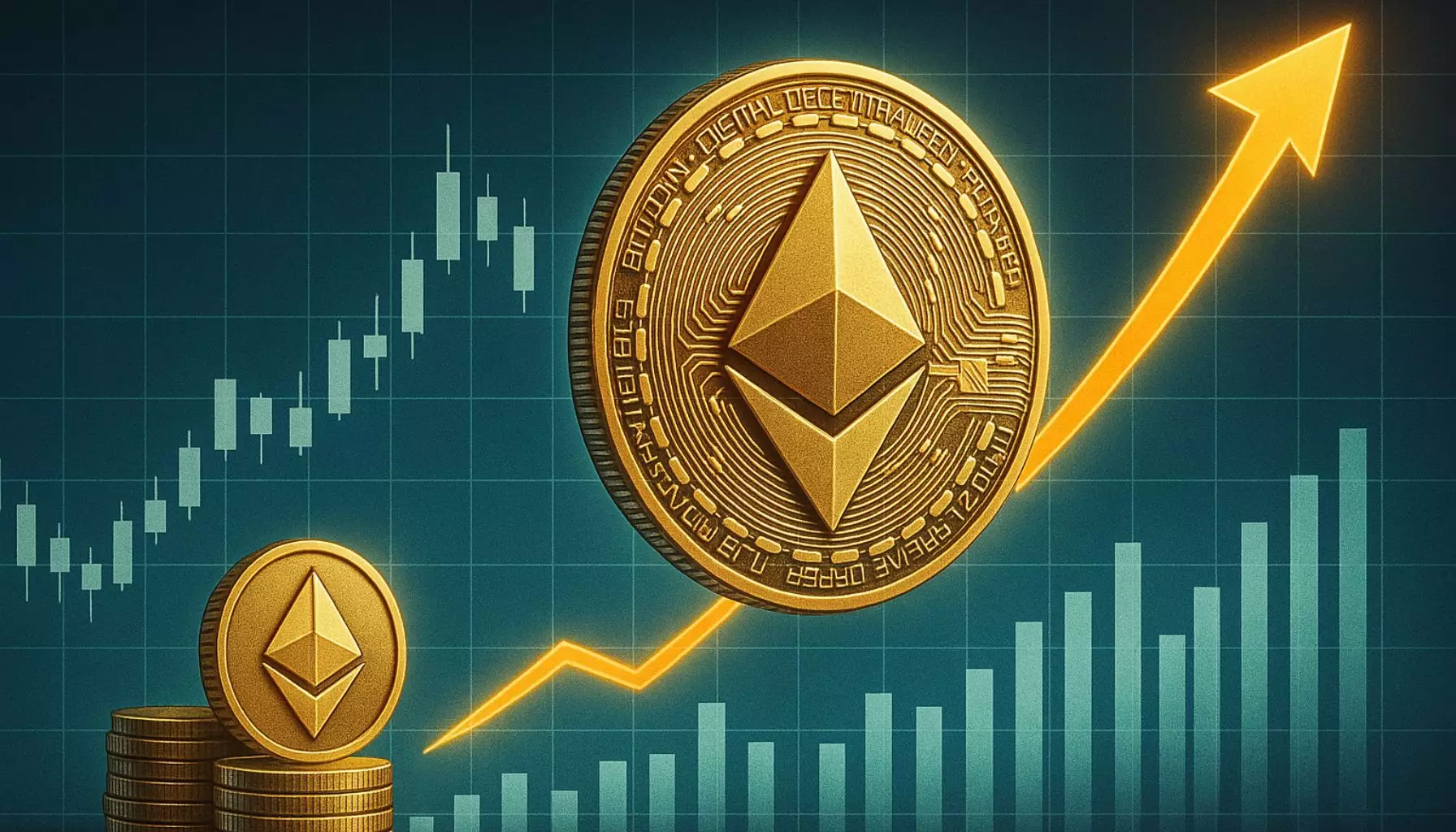Ethereum’s recent price action demonstrates a frustrating dance between fleeting bullish hopes and underlying weakness, a phenomenon that tends to characterize many speculative assets caught in flux. While cryptocurrency enthusiasts eagerly anticipate breakout surges or the so-called “altseason,” ETH has stubbornly lingered within a narrow $2,200 to $2,800 range, signaling market indecision rather than clarity. The persistent failure to secure and maintain levels above the psychologically important $2,500 mark reveals that optimism remains tentative at best and perhaps overly naive at worst.
This struggle near the 100-period and 50-period simple moving averages exposes the sellers’ resilience and the limits of current buyer enthusiasm. Although the coin avoids collapse by trading above the 200 SMA, such technical steadiness without meaningful momentum is less a sign of strength and more an indication of exhaustion and waiting for external catalysts. The price stagnation, coupled with muted trading volume, suggests that investors are cautious, unwilling to commit heavily until greater macroeconomic or technological clarity emerges.
Accumulation vs. Price Action: The Dangerous Illusion of Strength
One of the more flattering narratives circulating is that long-term holders are quietly accumulating ETH, supposedly building a foundation for a future surge. Indeed, data points to increased accumulation amid the consolidation phase. Yet, this divergence—where demand indicators seem to grow even as price stagnates—can mask a precarious position. Accumulation without accompanying bullish price confirmation often precedes volatile shifts, but not necessarily in the preferred upward direction.
This understated buying might reflect desperation or hedging behavior, trying to capitalize on low prices rather than genuine conviction about Ethereum’s near-term prospects. From a center-right liberal viewpoint, which prizes rational market behaviors and broader economic indicators, this accumulation should not be equated with unshakeable confidence. Rather, it presents a gamble in uncertain terrain shaped by geopolitical risks and monetary tightening in global markets.
The Macroeconomic Backdrop: A Headwind Ignored at Peril
The boldest Ethereum supporters gloss over the intense macroeconomic challenges currently buffeting risk assets worldwide. Volatility in interest rates, inflationary pressures, and geopolitical tensions converge in a toxic mix that complicates straightforward bullish narratives. Ethereum, despite its innovative technology, is not immune to these forces.
Relying on internal crypto metrics without integrating macroeconomic realities risks painting an incomplete and dangerously optimistic picture. Reduced liquidity and unpredictable central bank actions may trigger corrections not tied to Ethereum’s fundamentals but driven by capital flight and risk aversion. This broader context underscores why a mere technical foothold above certain price points is insufficient to confidently predict a regulatory or geopolitical-safe rally.
Market Structure and the Peril of Extended Consolidation
Prolonged consolidation often breeds complacency and emotional fatigue among traders and investors. The $2,200 to $2,800 range that Ethereum currently occupies is a double-edged sword—it neither destroys value nor creates it. Meanwhile, key resistance zones remain unchallenged with persistent selling pressure indicating that bears retain significant control.
When price action remains encapsulated within a tight band for too long without decisive momentum shifts, the probability of a violent breakout increases—but in which direction remains a fraught bet. This environment rewards skeptical, disciplined investors who recognize that “holding steady” can often be a euphemism for “primed for breakdown.” Selling pressure near moving averages provides a warning signal that bullish episodes may simply be brief counter-trends within a dominant bearish phase.
Ethereum’s Future: A Cautious Optimist’s Call to Vigilance
The temptation to declare bullish intent based on accumulation data is understandable but overlooks the deeper, complex realities influencing Ethereum’s price dynamics. A responsible, center-right center-right liberal approach advocates caution rooted in sober analysis rather than hope. Investors and analysts alike should weigh Ethereum’s structural technical data against an unpredictable global economic backdrop—and recognize the risk embedded in current price stagnation.
While Ethereum’s underlying blockchain technology harbors undeniable potential, its market valuation must contend with the ruthless forces of economic cycles and capital psychology. Until Ethereum decisively breaks above the $2,500 resistance with robust volume or macroeconomic conditions ameliorate, its outlook remains cast in shadows, not the brilliant glow that some proponents wish to project. The “quiet buildup” is real—but whether it signals a storm of growth or collapse is yet to be determined.


Leave a Reply